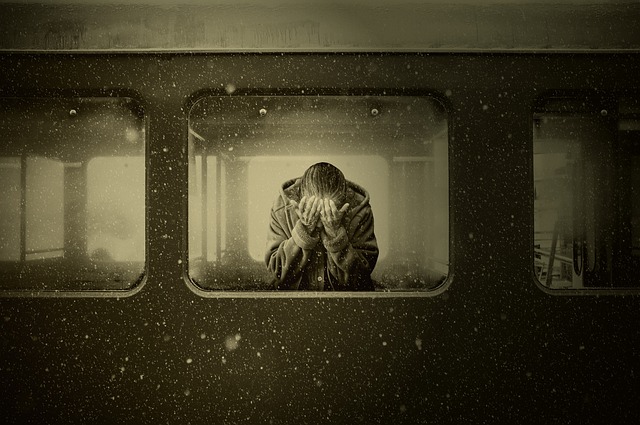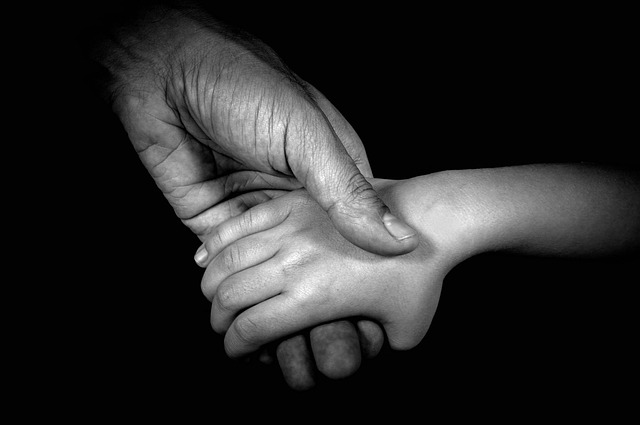Cremation, an affordable and eco-friendly alternative to traditional burials, reduces bodies to ashes using heat and flame in a crematorium. The resulting remains can be scattered, stored in urns, or incorporated into art, offering families flexible memorialization options. Increasingly popular, cremation services cater to those looking for cost savings and minimal land use while honoring their loved ones.
In deciding between cremation or burial, understanding the key differences is essential for a meaningful final tribute. This article explores these contrasting practices, providing insights into the process, environmental impact, and diverse options within each method. From the historical perspective of burial to modern cremations services and green burials, we delve into how these choices reflect personal beliefs, cultural traditions, and environmental considerations.
Cremation: Process and Considerations

Cremation involves the reduction of a deceased individual’s remains to their most basic elements through heat and flame. The process takes place in a crematorium, where the body is placed in a container and exposed to intense heat, typically reaching temperatures between 1500°F and 2000°F. This rapid decomposition reduces the body to ashes, which are then collected and can be stored or dispersed according to the wishes of the family.
When considering cremation services, it’s important to understand that this method offers flexibility in terms of memorialization. Ashes can be kept in an urn, scattered at a meaningful location, incorporated into artwork, or even used for burial in a cemetery plot or a scattering garden. Additionally, cremation often appeals to those who prefer a more affordable and environmentally friendly alternative to traditional burial methods, as it requires less land space and has a lower environmental impact.
– What is cremation?

Cremation is a process that involves the reduction of a deceased person’s remains to their most basic elements through high heat and vaporization, leaving behind only tiny fragments known as ashes. This method is preferred by many due to its cost-effectiveness and environmental considerations compared to traditional burial methods. It offers a wide range of choices for handling the remains, from scattering in a meaningful location to keeping them in an urn for display or storage. Cremation services are becoming increasingly popular as individuals seek unique ways to honor their loved ones while also considering practical aspects like minimizing land use and reducing costs associated with traditional burials.
When deciding between cremation and burial, each option presents unique aspects. Cremation offers a modern approach with flexibility in memorialization, while traditional burial provides a timeless, earth-based solution. Choosing the right path depends on personal preferences and cultural significance. Opting for cremation services allows individuals to customize rituals, ensuring a meaningful send-off tailored to their loved one’s memory.
